WASHINGTON - For most folks, a nice hug and some sympathy can help a bit after we get pushed around. Turns out, chimpanzees use hugs and kisses the same way. And it works. Researchers studying people's closest genetic relatives found that stress was reduced in chimps that were victims of aggression if a third chimp stepped in to offer consolation.
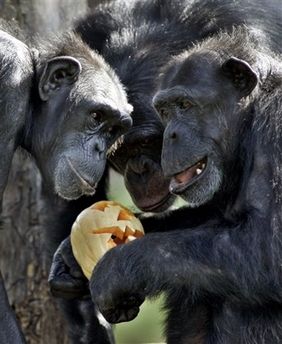
|
| ©AP Photo/Mark Baker, FILE
|
| Chimpanzees play with a pumpkin with a Halloween face at Sydney's Taronga Zoo in this 2005 file photo. Researchers say chimps use hugs and kisses to console each other.
|
"Consolation usually took the form of a kiss or embrace," said Dr. Orlaith N. Fraser of the Research Center in Evolutionary Anthropology and Paleoecology at Liverpool John Moores University in England.
"This is particularly interesting," she said, because this behavior is rarely seen other than after a conflict.
"If a kiss was used, the consoler would press his or her open mouth against the recipient's body, usually on the top of the head or their back. An embrace consisted of the consoler wrapping one or both arms around the recipient."
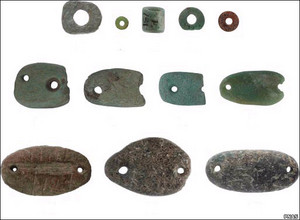

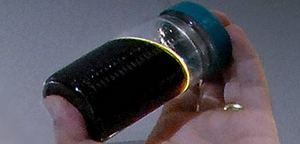
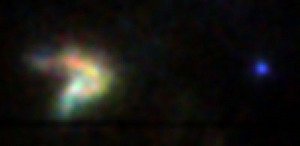
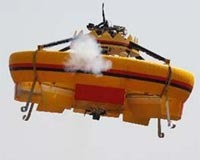

Comment: Here's an idea: why not use this technology to stage a UFO invasion? At the right time, the powers that be could present the 'reality' of life beyond the stars to humanity and everyone would fall down and obey our new masters from outer space. Just a thought, keep it in mind. You never know.